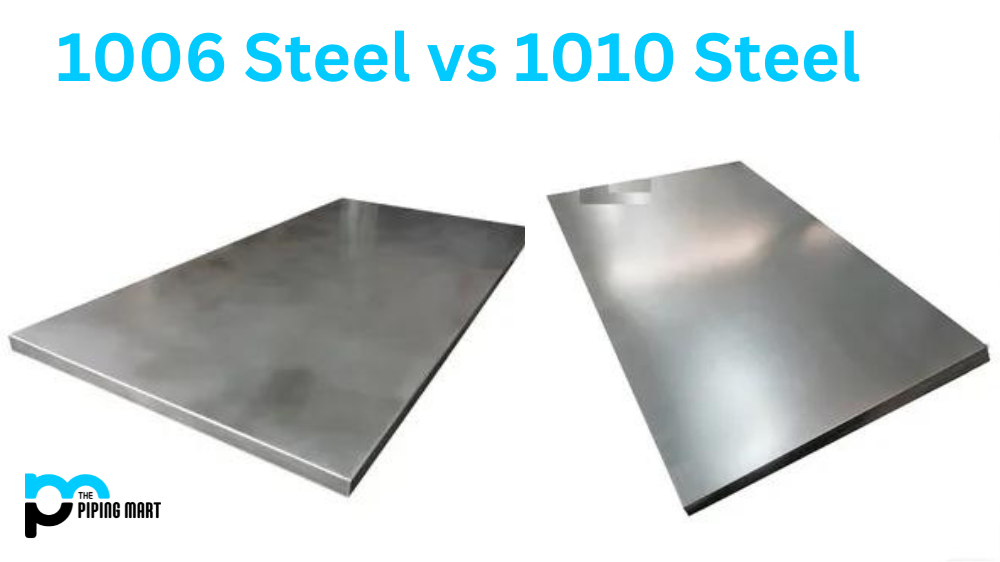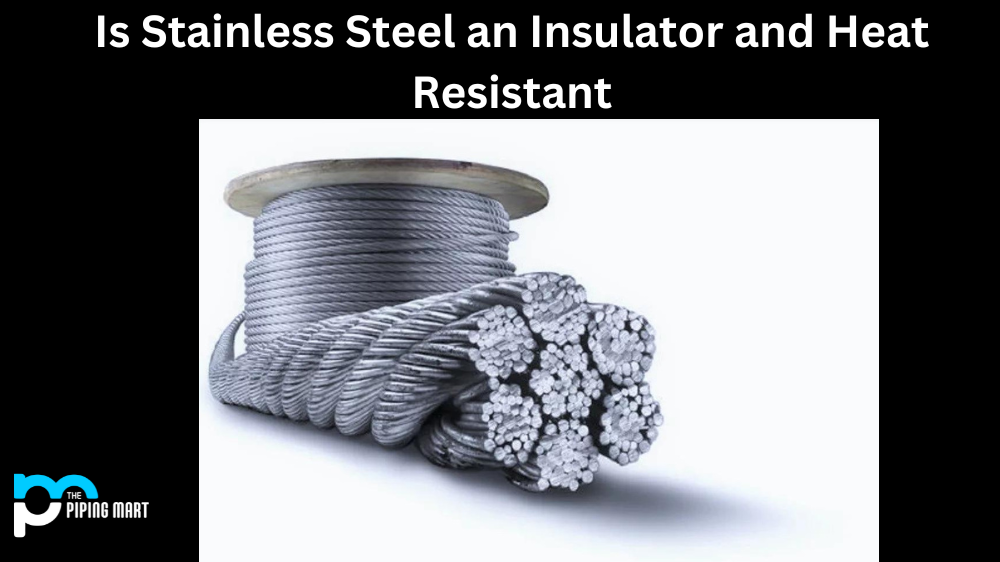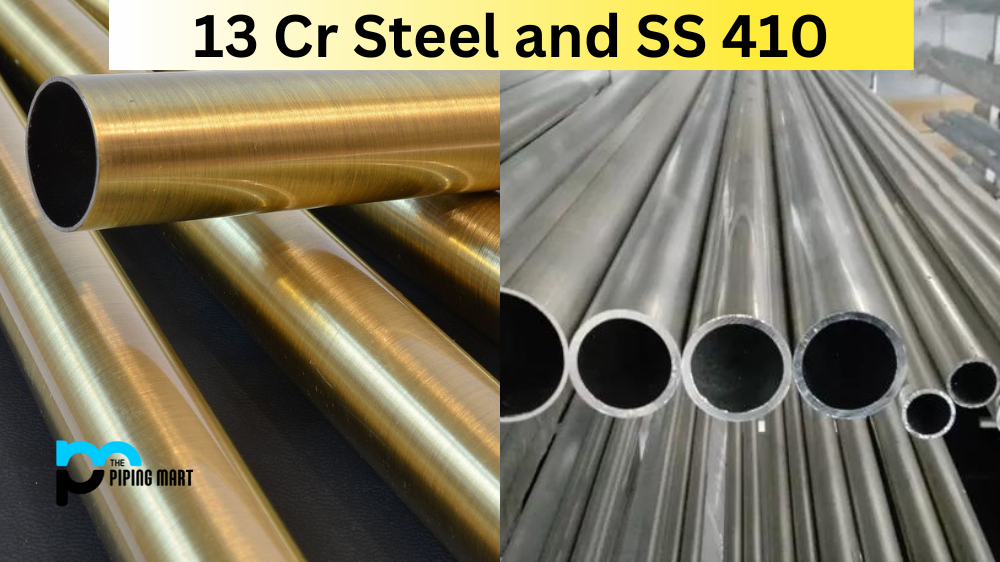Steel is integral to almost every infrastructure, forming the basis of buildings, appliances, and numerous other applications. A popular steel variant is the low-carbon steel family, known for its excellent formability, strength, and weldability. Among the low-carbon steel, 1006 and 1010 are the most commonly used variants. Yet, even with their shared qualities, these two grades have distinct differences that make them suitable for varied applications. This blog post will look closer at 1006 steel vs 1010 steel, its properties, similarities, and differences.
Difference Between 1006 and 1010 Steel
1006 steel is a low-carbon steel that is typically used in applications where there is no need for higher strength or toughness. Its low carbon content makes it relatively easy to weld and can be cold-formed into various shapes. However, 1006 steel does not have the same level of ductility as 1010 steel.
1010 steel is a higher-carbon steel typically used in applications with higher strength and toughness. Its higher carbon content makes it more challenging to weld, but can be cold-formed into various shapes. Additionally, 1010 steel has better ductility than 1006 steel.
Properties of 1006 Steel
1006 steel has a density of 7.85 g/cm3, a melting point of 1450°C, and a boiling point of 4820°C. It has a low carbon content of 0.06%, making it relatively easy to weld. Additionally, it has good ductility, making it easy to cold form into various shapes. However, its low strength and lack of toughness make it unsuitable for applications requiring higher strength or toughness.
Properties of 1010 Steel
1010 steel has a density of 7.85 g/cm3, a melting point of 1510°C, and a boiling point of 4860°C. It has a slightly higher carbon content than 1006 steel (0.08%), making it more difficult to weld but giving it better ductility. Its higher carbon content also gives it better strength and toughness than 1006 steel.
Composition
One of the primary differences between 1006 and 1010 steel is their composition. 1006 steel contains 0.06% carbon and less than 0.5% manganese, while 1010 steel comprises 0.1% carbon, up to 0.5% manganese, and 0.08% to 0.13% iron. The difference in composition accounts for the increased strength, hardness, and durability of 1010 steel. The carbon percentage in 1010 steel is higher, which provides power and makes it an excellent candidate for machining and steel making while reducing brittleness.
Formability
Both 1006 and 1010 steel exhibit exceptional formability. Formability refers to the ability of a material to deform without cracking or breaking its surface. However, 1006 steel is more malleable and pliable than 1010 steel. Hence, it is more famous for applications that require deep drawing without significant strain hardening. These applications include small-diameter tubing, automotive panels, and cookware.
Weldability
Weldability is the ease with which a material can be fused permanently during welding. 1010 steel has better weldability because of its increased manganese content. The manganese enhances the steel’s ductility, which not only improves its accuracy in welding but also in cutting and punching. Additionally, 1010 steel’s preferred welding method is resistance welding, while 1006 steel works better with the spot welding method.
Uses
Both 1006 steel and 1010 steel have numerous applications in different fields. However, their distinct properties make them better suited for specific applications than others. For example, 1006 steel’s excellent formability makes it a preferred option in the automotive and cookware industries, while 1010 steel’s superior hardness and strength make it suitable for construction, machinery parts, and hardware equipment.
Conclusion
Knowing the differences between 1006 and 1010 steel is crucial in selecting a suitable variant for specific applications. Though these grades are both low-carbon steels, they differ in composition, formability, weldability, and uses. Generally, 1006 steel is preferable for applications requiring deep drawing, while 1010 steel is suitable for machining, wear resistance, and other high-strength applications. Understanding the applications and limitations of each steel variant is critical for selecting suitable materials and improving product performance.

Meet Bhavesh, a seasoned blogger with a wealth of knowledge and experience. From metal products manufacturing to retail, Bhavesh has a diverse background in various industries and is dedicated to sharing his insights and expertise with readers.




